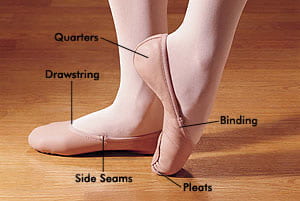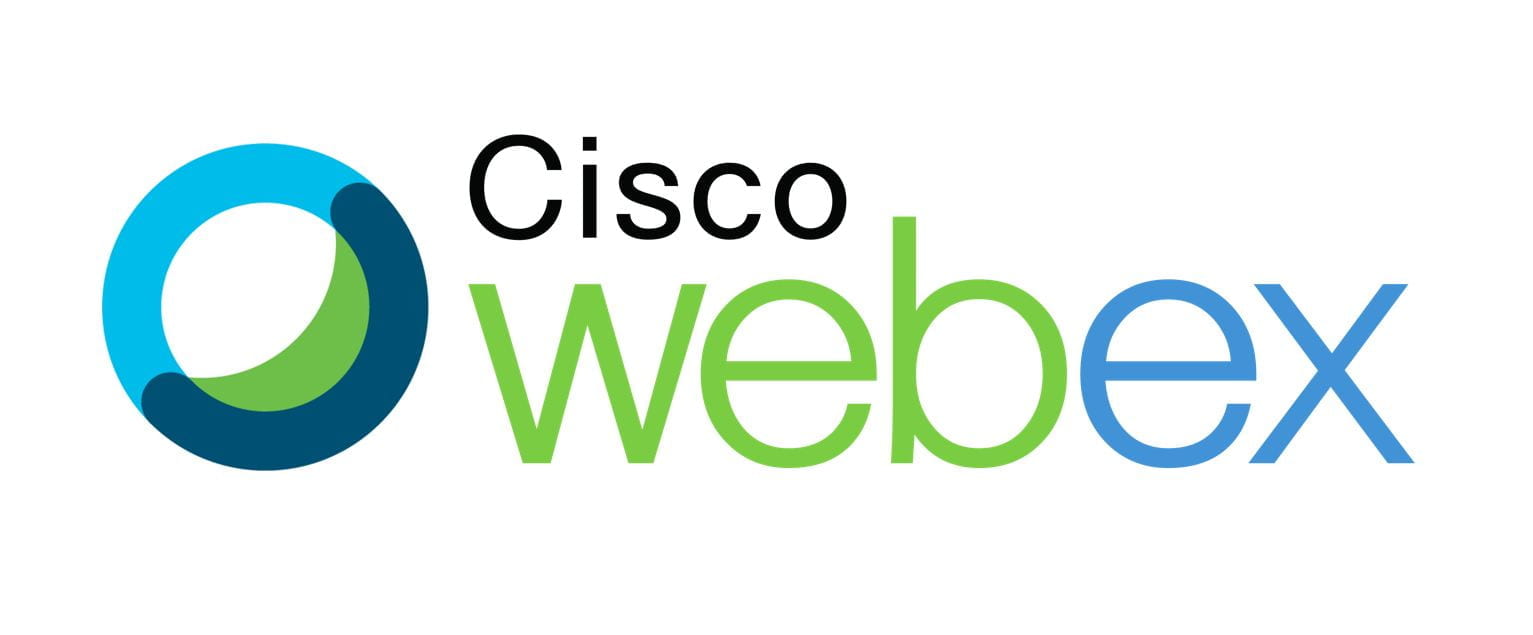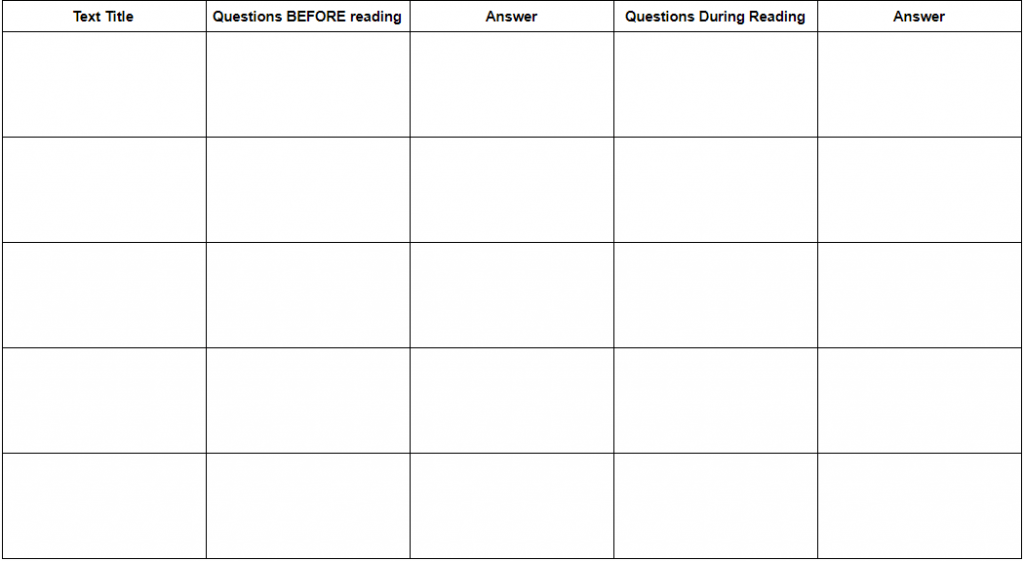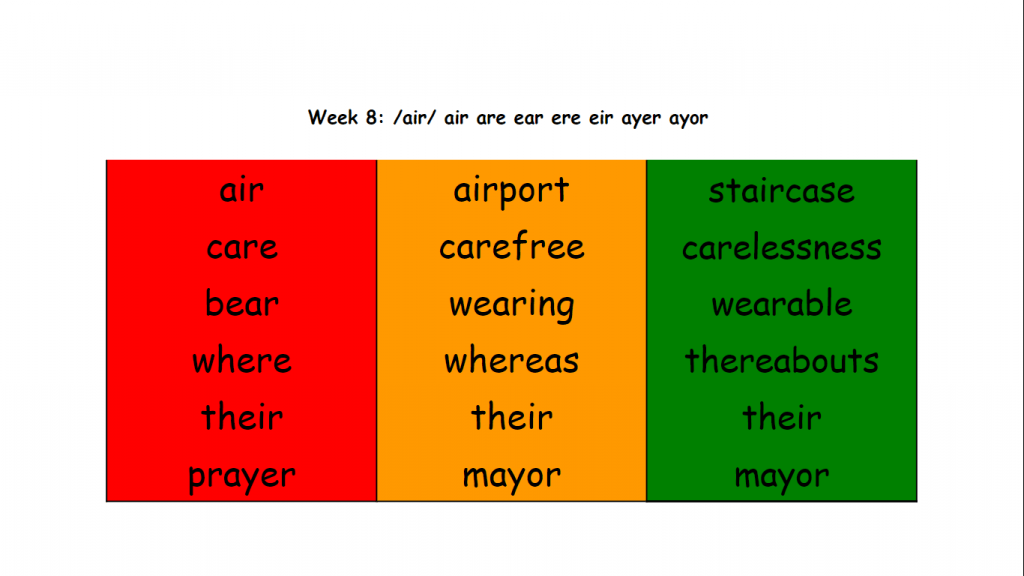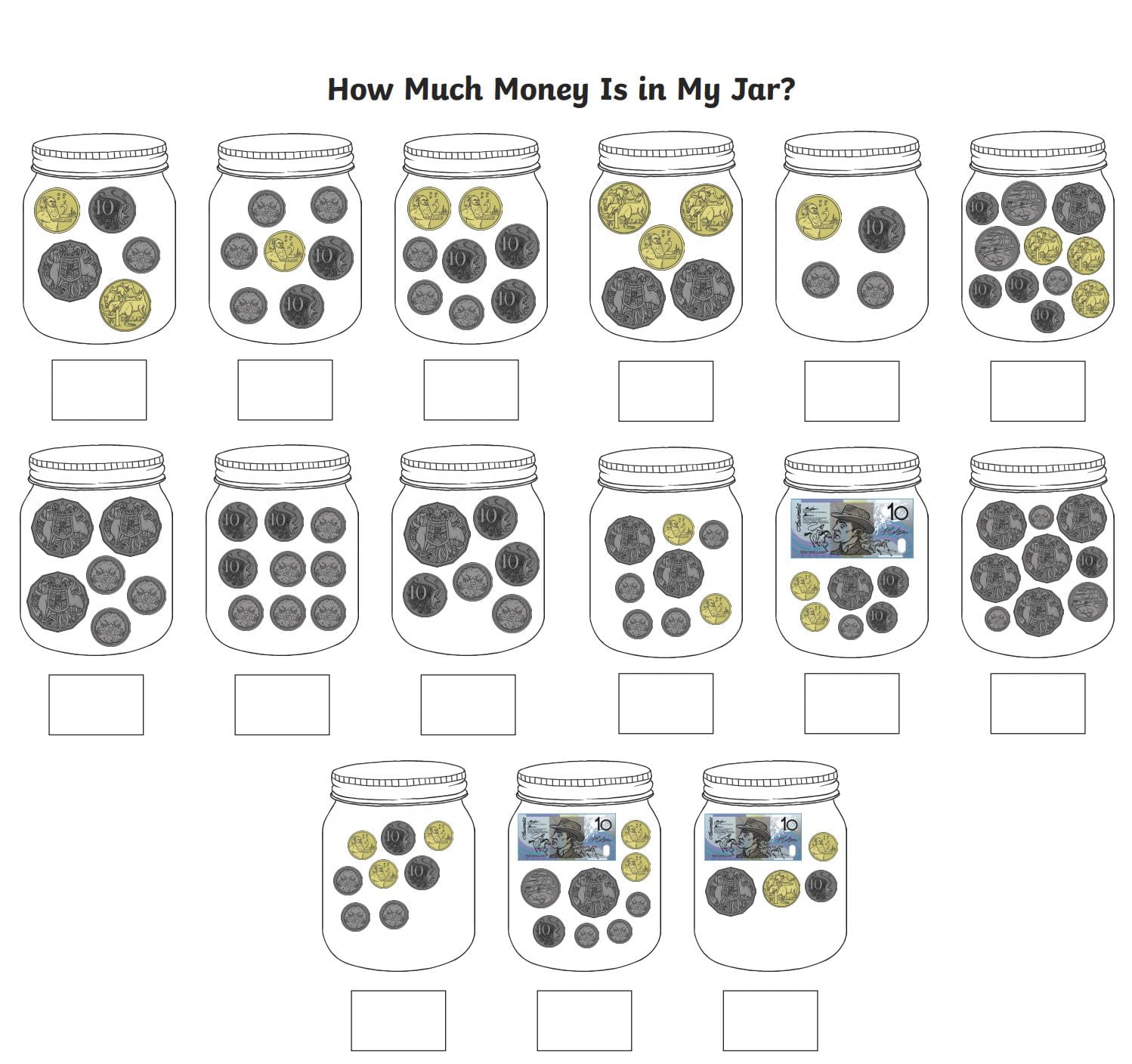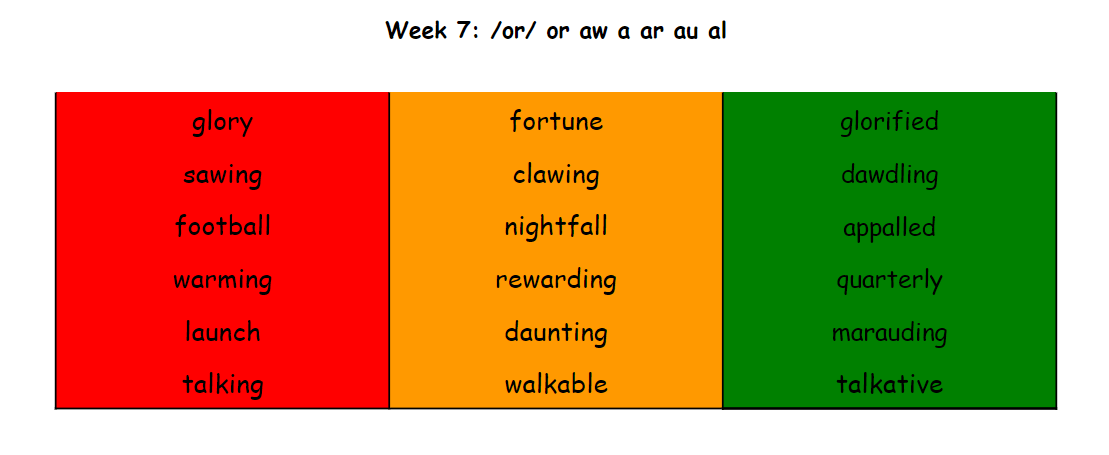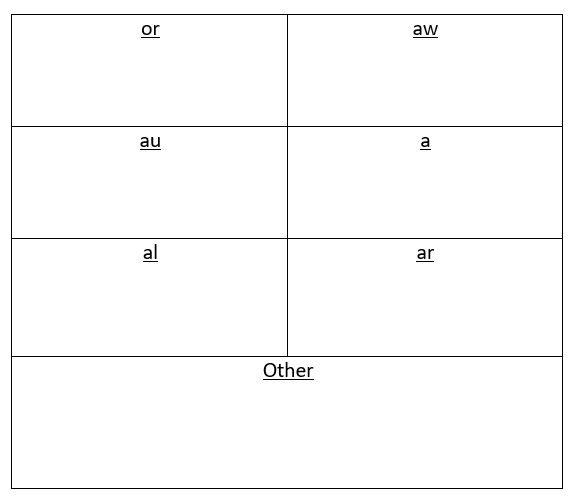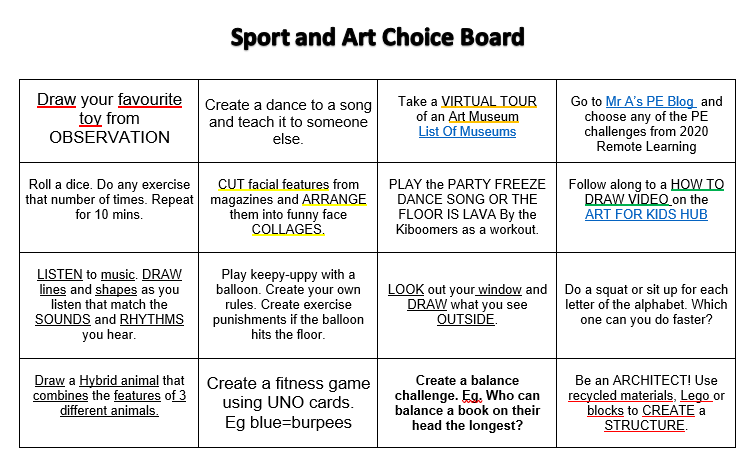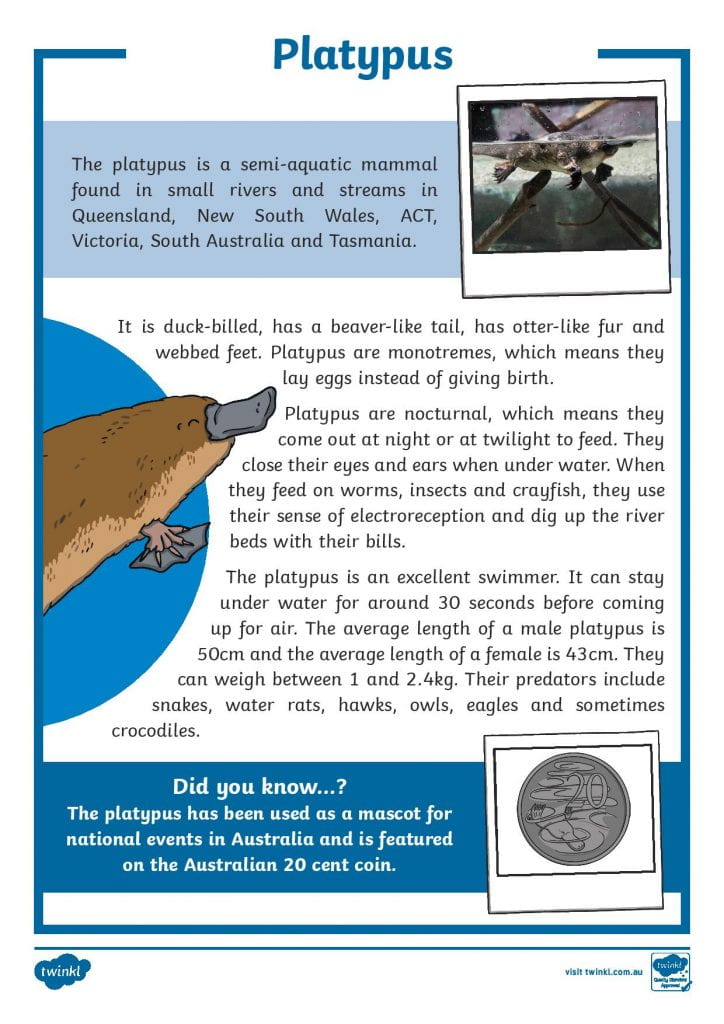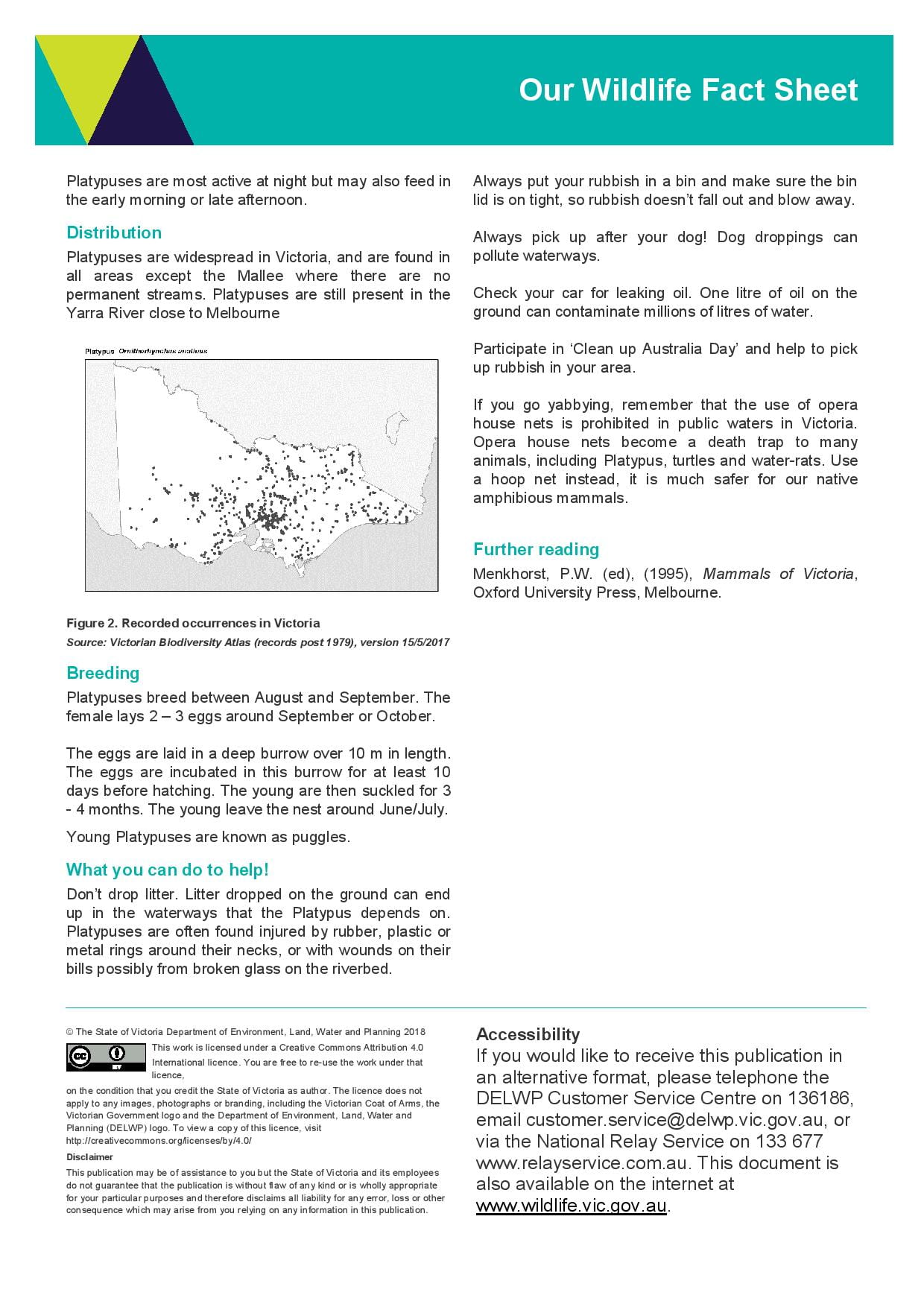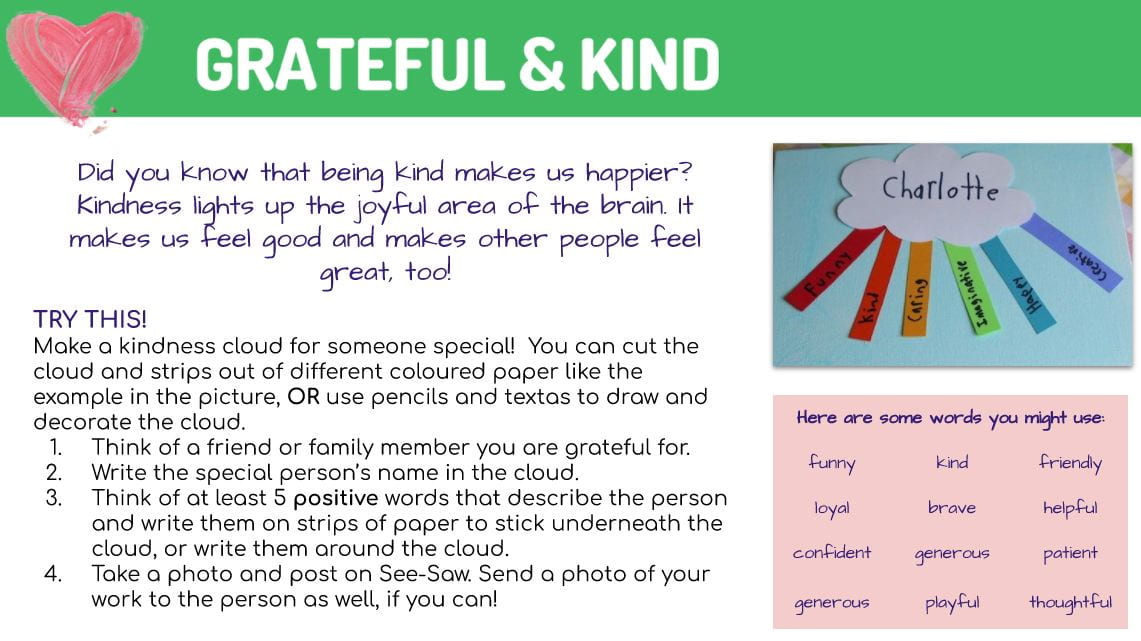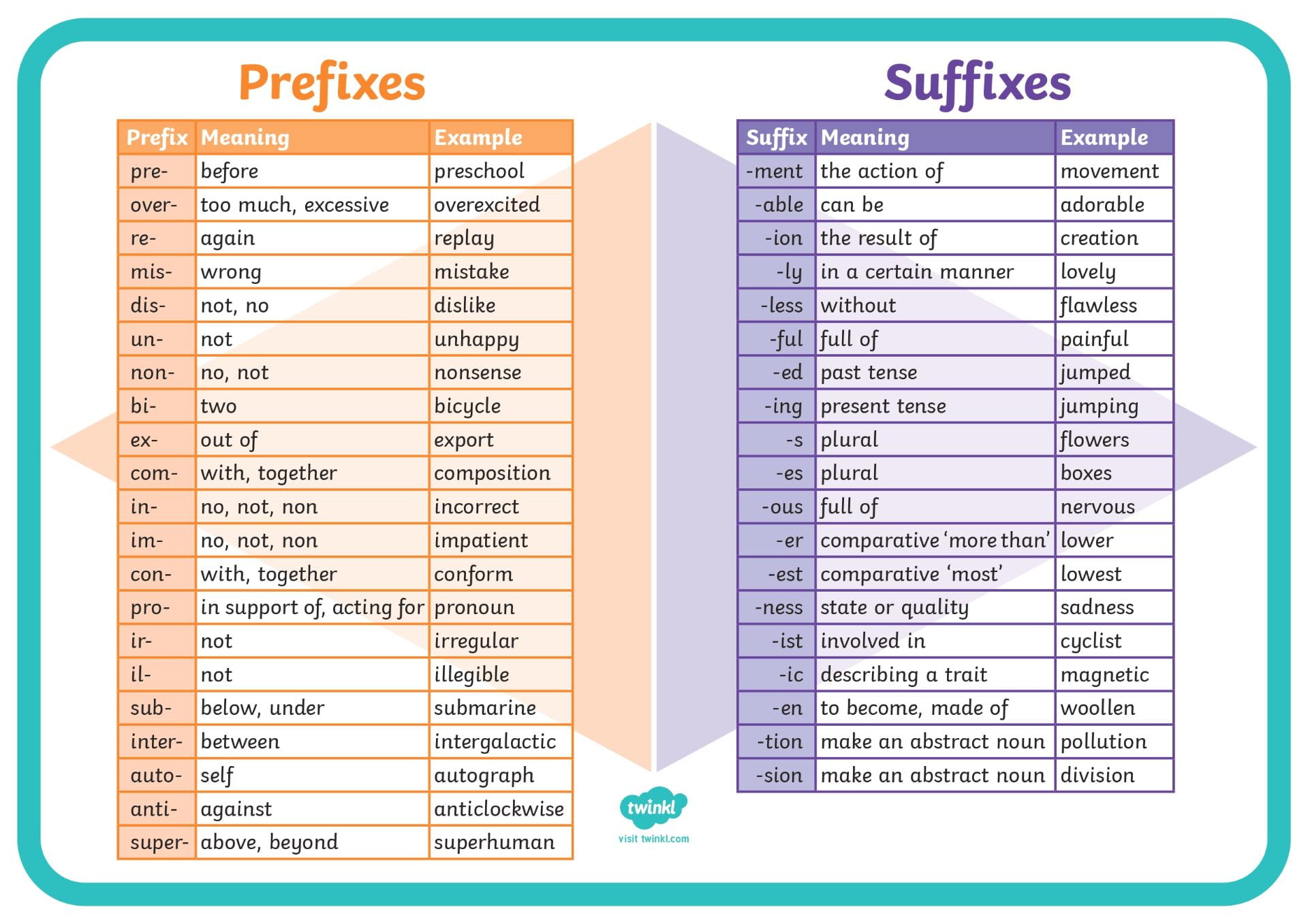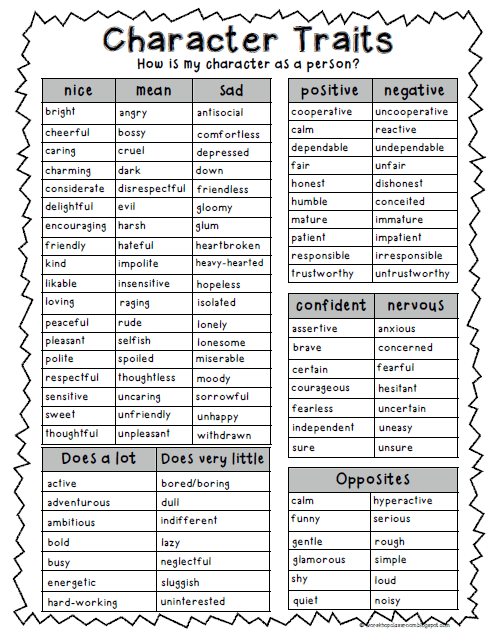Please take a photo of the work you complete and send it to your teacher via your Home Learning Code on your Class Seesaw app.
Webex meetings will be held each day at 9:30am to mark the roll and to clarify expectations of daily work.
Webex meetings will be open for an additional 30 minutes for you to ask questions or clarify work. If you need any additional support, please jump back on Webex (10:00-10:30) and your teacher will be able to assist you further.
Your teacher may also ask you to stay back on Webex for small group work at this time.
3K
Meeting number: 165 327 8351
Password: 3K
Meeting Link: https://eduvic.webex.com/eduvic/j.php?MTID=md713885b5cd2d91dc4f352c96aef6282
3/4B
Meeting number: 165 170 8964
Password: woodford
Meeting Link: https://eduvic.webex.com/eduvic/j.php?MTID=m93125c61e5a6c113ca77f231aaa6e7c3

□ Reading fluency (15-30 mins):
- Read to self or read to someone (pet, doll, teddy, younger sibling…).
- Choose a good fit book or Wushka text https://wushka.com.au/login/
Learning Intention:
We are learning to ask questions before/during reading and then search for answers in the text using the features of a non-fiction text.
Success Criteria:
- I can ask questions before reading a non fiction text
- I can ask questions during reading
- I can use features of a non-fiction text (contents, glossary, index etc) to find information
- I can search for information to answer questions
Tune in:
□ Independent Learning Task:
Complete the graphic organiser based on your ASSIGNED TEXT on Wushka https://wushka.com.au/

The organiser can be found on Seesaw.
Ask at least 2 questions before reading and 2 questions during reading.
□ Spelling Fluency (10 minutes):
 Sort the spelling words into the correct spellings. Rule your page into 7 boxes and write the headings and sort the words into these categories.
Sort the spelling words into the correct spellings. Rule your page into 7 boxes and write the headings and sort the words into these categories.

Learning Intention:
We are learning to write a paragraph of an information report
Success Criteria:
- I can use appropriate sub-headings
- I can include relevant and factual information to give the reader a better understanding of the topic
- I can include some visual elements to help the reader understand the topic, such as drawings, photographs, graphs, maps diagrams
- I can use descriptive language and varied sentence structure to engage the reader
Hook:
Independent Writing Task:
Paragraph 1 – Appearance
Today you are going to write a paragraph on the appearance of Platypuses for your information report.
Make sure you include at least 3 facts about the appearance of a platypus using descriptive and engaging language.
Some facts you could include:
- European settlers thought it was fake because it looked like a duck, otter and beaver
- Male = average 50cm long
- Female = average 43cm long
- Weigh between 1kg and 2.4kg
- Waterproof fur
- Webbed feet
- Flat tail like a beaver
Have a look below at a sample of report writing about a spiders appearance to get some ideas!
Spiders
Spiders come in many different and unique shapes and sizes. The largest spider is the tarantula. These spiders can grow up to 12cm long. The smallest is the money spider, which only grows to 1cm in size. All spiders have two body parts consisting of a head and abdomen, and eight legs. Spiders are known to have a tough, hard outer covering called an exoskeleton. Their bodies are often hairy and they are able to cleverly camouflage their body from predators.

Counting Fluency (10 mins): Practise quick recall of your assigned multiplication goal. Practice your skip counting pattern or times tables out of order. OR IXL Multiplication Skill Builders.
Learning Intention:
We are learning to solve addition problems involving money
Success Criteria:
- I can understand the value of coins
- I can use mental strategies to solve simple addition sums using money
- I can use written algorithms to help me solve addition sums involving money
Hook:
Independent Learning Task:
Complete the “Let’s Go Shopping!” worksheet on Seesaw, by printing or by answering in your book. Choose between the enabling or extending sheet.
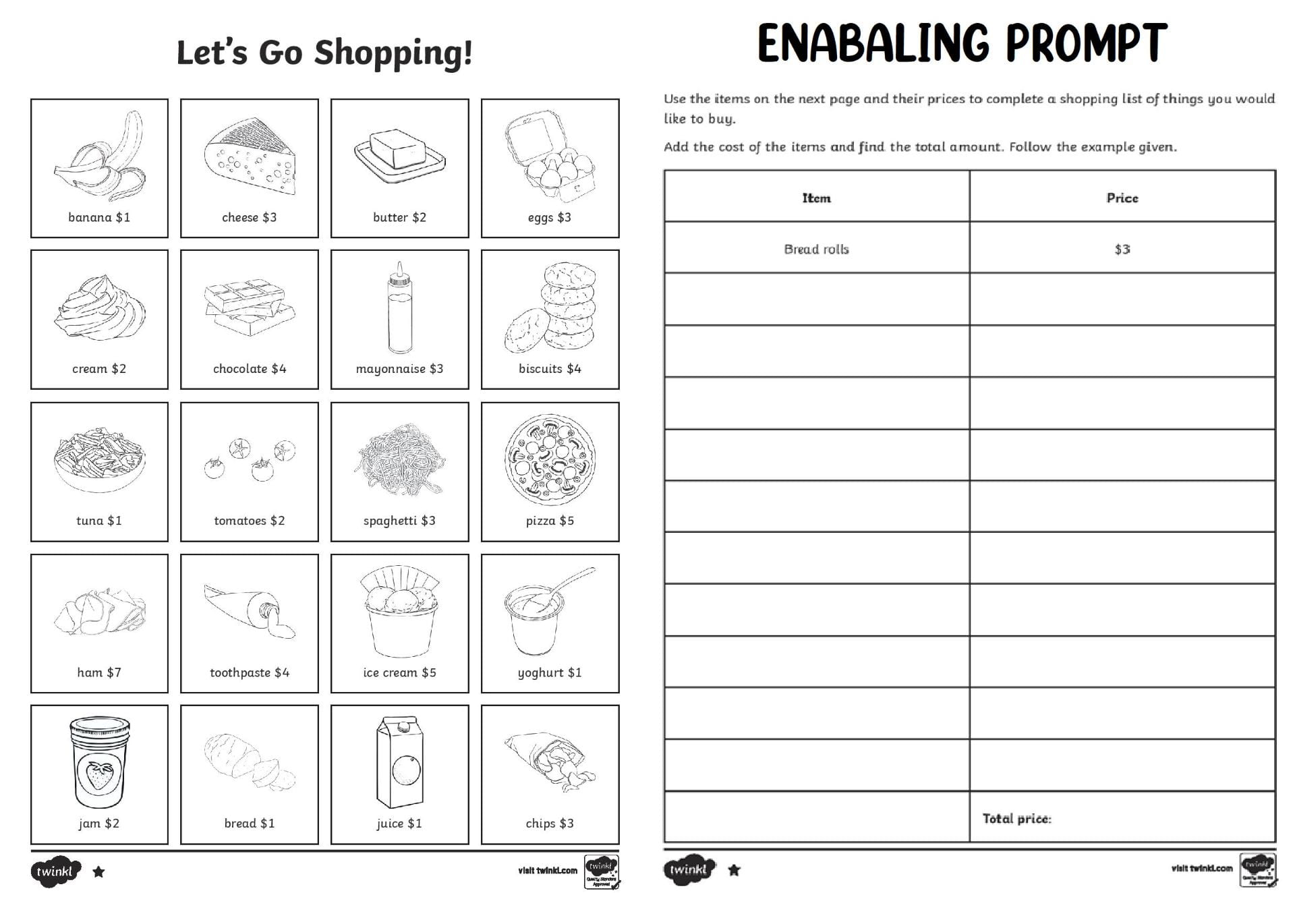


Illustrator
Choose from either dance or drama and draw a detailed picture showing the elements of the performing arts of your choice. What are some of the things you need to perform this art?
